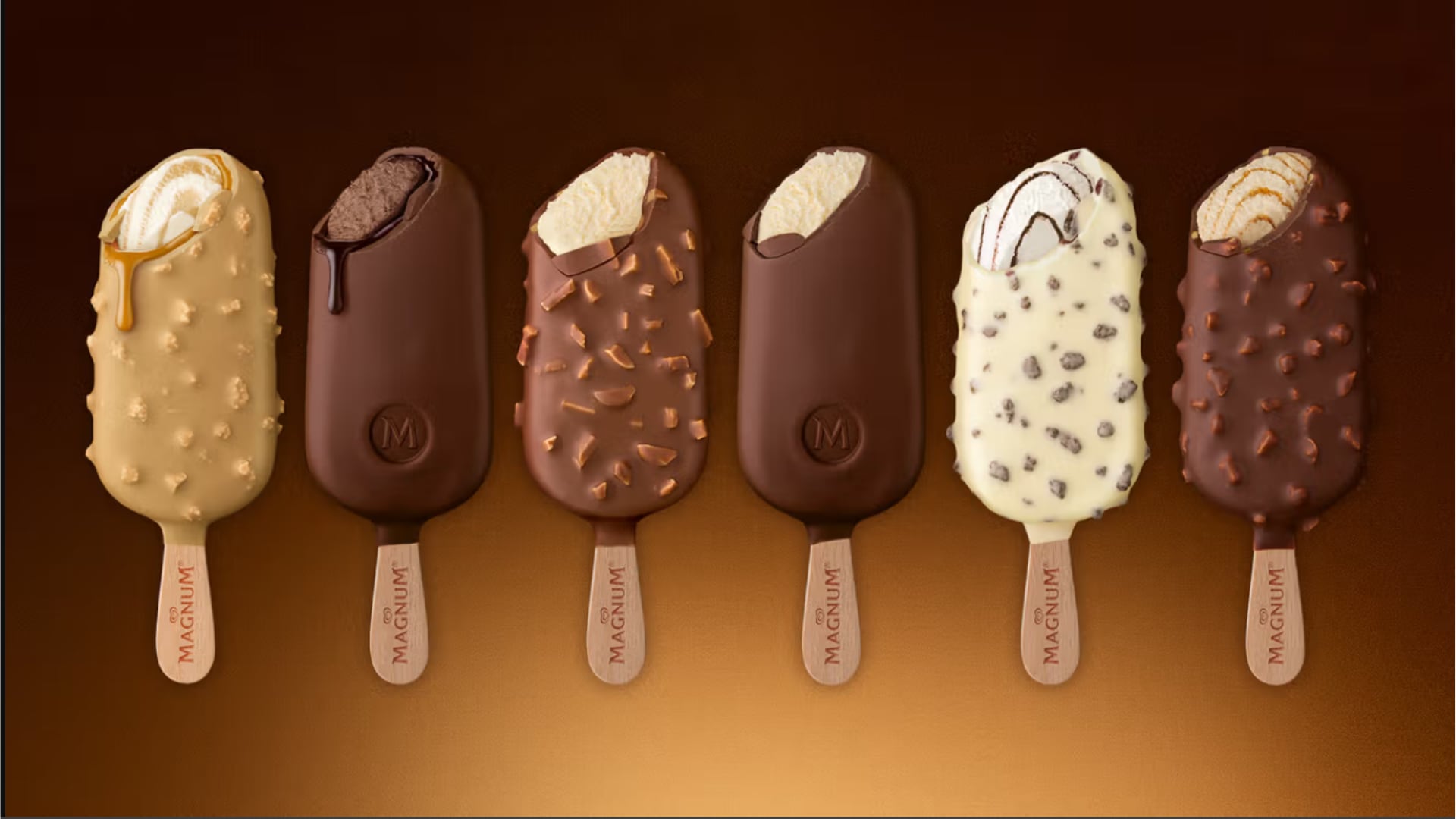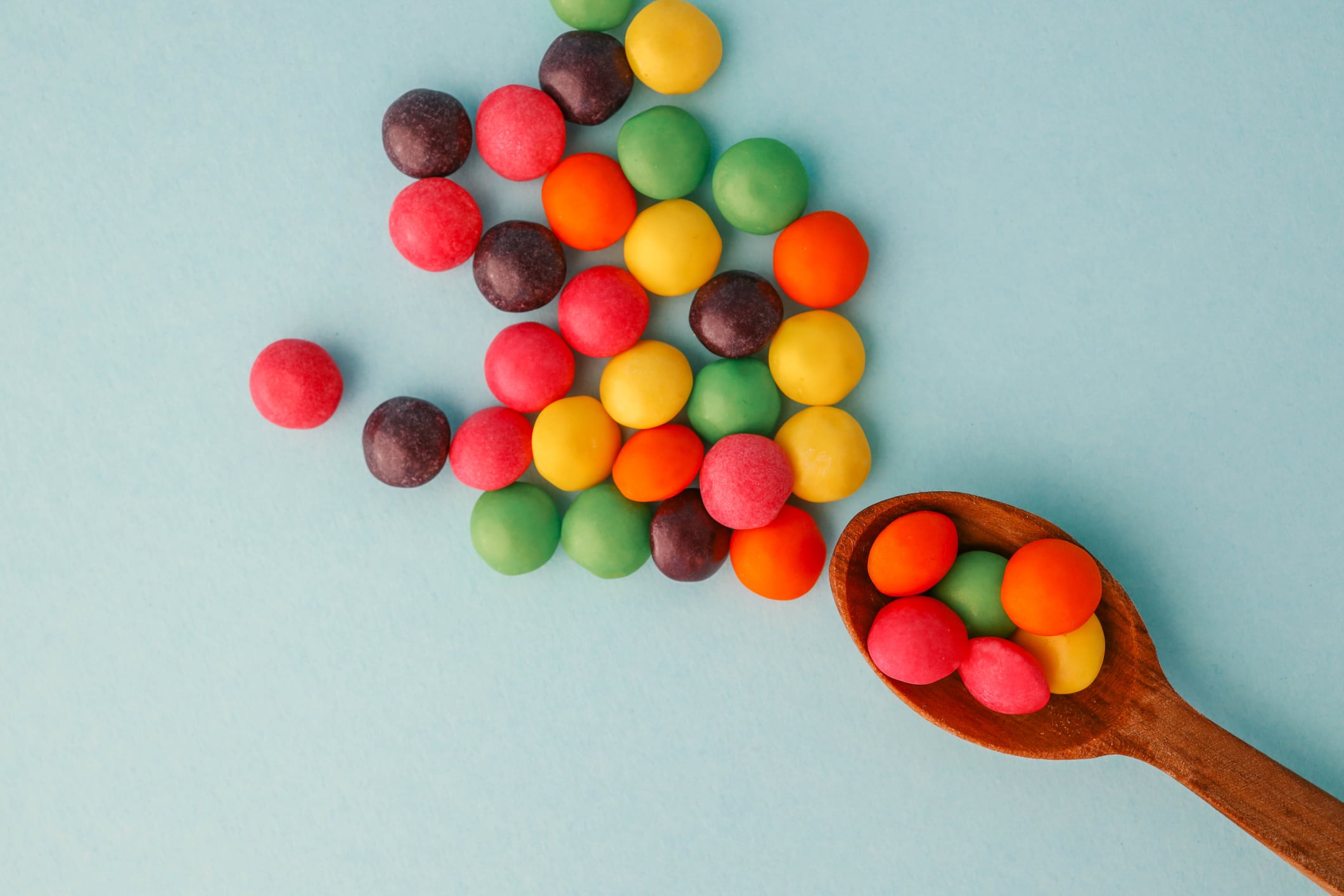A large study of schoolchildren in Beijing, China reported that four in five students consumed at least one pre-packaged sugar-sweetened beverage (SSB) in the previous week, with peer and home influences the main driver of this trend.
The researchers also revealed that older students drank more of such beverages than younger ones, and called for school and policy measures to cut intake.
The cross-sectional study, conducted by researchers at Hebei Medical University, the Beijing Center for Disease Prevention and Control the Fengtai District Center for Disease Prevention and Control and Capital Medical University, analysed 2,317 matched student-caregiver survey pairs.
It ran from October to November 2024 across eight schools in urban and suburban Beijing.
Each study subject reported what they drank over the past week and caregivers reported home practices and attitudes toward sugary drinks.
Overall, 81.9% of students reported drinking at least one category of pre-packaged sugary beverage in the prior week.
In primary school, fruit and vegetable drinks that are not 100% juice were most common. In middle and high school, ready-to-drink teas led, followed by carbonated soft drinks. Coffee beverages were rare in primary grades but more common in secondary school.
Peers and parents shape beverage choices
The analysis showed clear social effects. Students who bought sugary drinks because friends did so had higher odds of drinking them, and those who shared sugary drinks with peers also had higher odds.
These patterns aligned with social learning theory — children copy what they see in their group to fit in.
Parental stance mattered. Where caregivers were supportive of or indifferent to sugary drinks, children had higher odds of consumption than where caregivers were not supportive.
Home availability also played a role — if sugary drinks were stocked at home, children were more likely to drink them.
For fruit and vegetable drinks that were not 100% juice, peer-influenced purchasing was linked with a 60% increase in the odds of consumption after adjustment, with peer sharing raising the odds by 37%.
Supportive caregiver attitudes more than doubled the odds compared with non-supportive attitudes, and indifferent attitudes raised the odds by about 57%.
Additionally, home availability was linked with a 30% increase. The study reported similar patterns for carbonated, tea and milk beverages, though effect sizes varied by category.
For carbonated beverages and tea drinks, older age groups showed higher use, and boys were more likely than girls to consume carbonates.
Furthermore, students in suburban areas had higher odds for some categories than those in urban areas.
How preferences change with age
The data revealed distinct age shifts. Primary school students leaned toward fruit and vegetable drinks that were not 100% juice, which often carried a “fruity” halo but could contain high sugar.
By middle school, ready-to-drink teas became most common, with carbonates and 100% juice also high. In high school, teas and carbonates dominated and coffee beverages rose further.
These shifts likely reflected more autonomy in purchases, greater exposure to marketing, and social occasions where drink-sharing is common.
What schools and families can do now
The authors recommended actions that reflected how social context drives consumption. At the school level, they called for banning sales of SSBs in canteens and running peer-led health promotion, so students could influence one another in positive ways.
At the family level, the researchers advised reducing home availability and giving caregivers simple guidance to set clear expectations. The study also found that children with non-supportive parents had higher odds of drinking sugary beverages, suggesting that a firm, consistent stance mattered.
At the policy level, the team proposed front-of-pack warning labels for high-sugar beverages and tighter restrictions on marketing to minors. They noted that, despite national recommendations, many provincial school nutrition guidelines do not explicitly limit SSBs, and enforcement varies across regions.
Aligning policy, school practice, and home routines could reduce exposure meaningfully.
The researchers ended the paper with the following recommendation: “Interventions should combine school-level actions (ban SSB sales in canteens, strengthen peer-led health promotion) with family-level strategies (parental education, limiting home availability) and policy measures (warning labels on SSBs, restricting advertising to minors) to reduce SSBs consumption.”
Source: Nutrients
“Association between peer behaviors and family environment and pre-packaged sugar-sweetened beverage consumption among primary and secondary school students in Beijing”
https://doi.org/10.3390/nu17193094
Authors: Sarah Dalibalta, et al.





